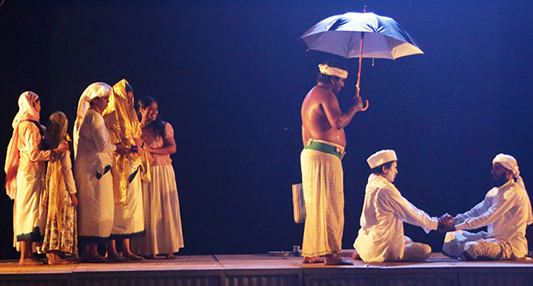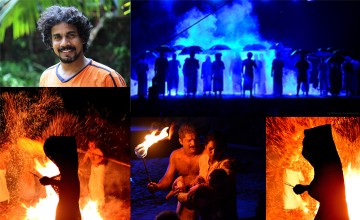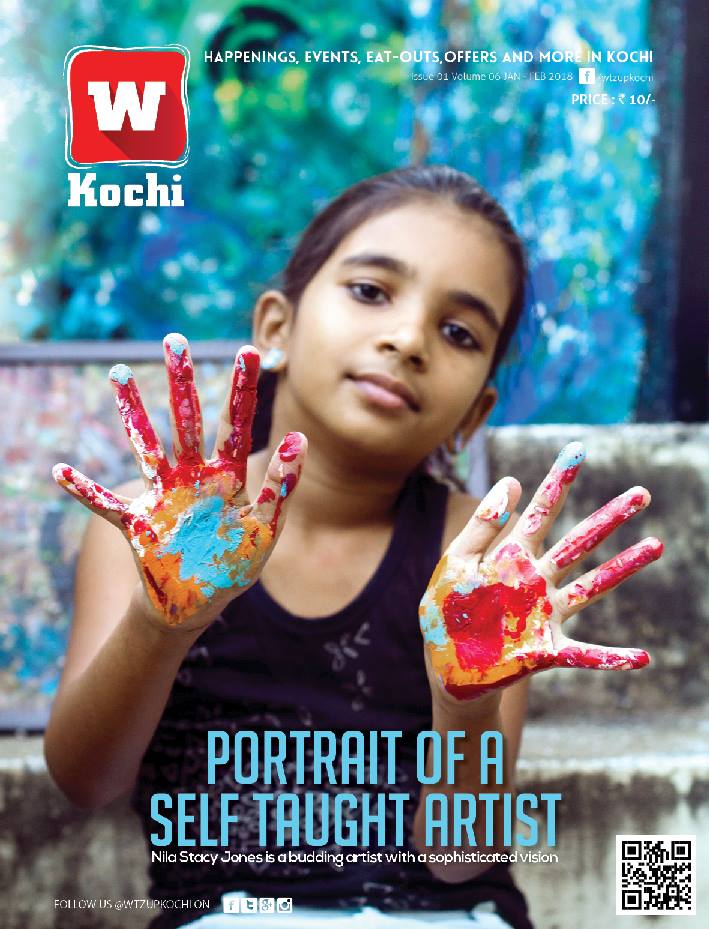11 Things To Know About The Novel And Play Khasakkinte Ithihasam
- 31 Mar 2017
- Susmitha Suresh
- Features
One that changed the course of Malayalam fiction, the other redefining theatre for people
It takes a single step forward to change the world. That’s what the Novel Khasakkinte Ithihasam did to Malayalam fiction. With thoughts that challenged the very meaning of our existence, the novel found its way into the hearts of millions who felt a sort of relatability to the main character of the book, ‘Ravi’ in his search for meaning. With existentialism and magical realism at its core, the novel seemed impossible to recreate into visuals. When Delhi-based theatre director Deepan Sivaraman took the project, what came out was yet another redefining step, but this time for theatre. First staged in 2015, the play has made its rounds around the nation. Now it’s here in Kochi as part of a charitable initiative by Rotary Kochi United. The play will be staged at the Sacred Heart College Ground, Thevara, on 21, 22, and 23 April 2017. WtzupKochi got in touch with the organisers to learn a bit more about the novel and play. Here we have for you 11 interesting facts you should know about Khasakkinte Ithihasam.
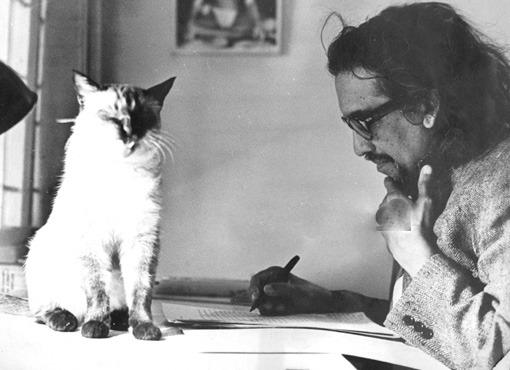
The Story Is Inspired From Real Life
O V Vijayans sister, O.V Shanta was appointed to a school at Thasarak, Palakkad under the state scheme to send graduates to man single-teacher schools in backward villages in 1956. Their parents sent Vijayan along with her since it was hard for a woman to manage by herself at that time. Most characters in the novel are inspired from real life counterparts, which resulted in the novel coming under scrutiny.
The Novel Took 12 Years To Be Completed
O V Vijayan took 12 years to finally finish the book. Even then, it took time to be published as the subjects it dealt with were controversial and delicate in nature. From an illicit relationship between the protagonist and his stepmother, to the subject of religion, no stone was left unturned. What was different was the narrative Vijayan used, which marked a change of tone from most novels then.
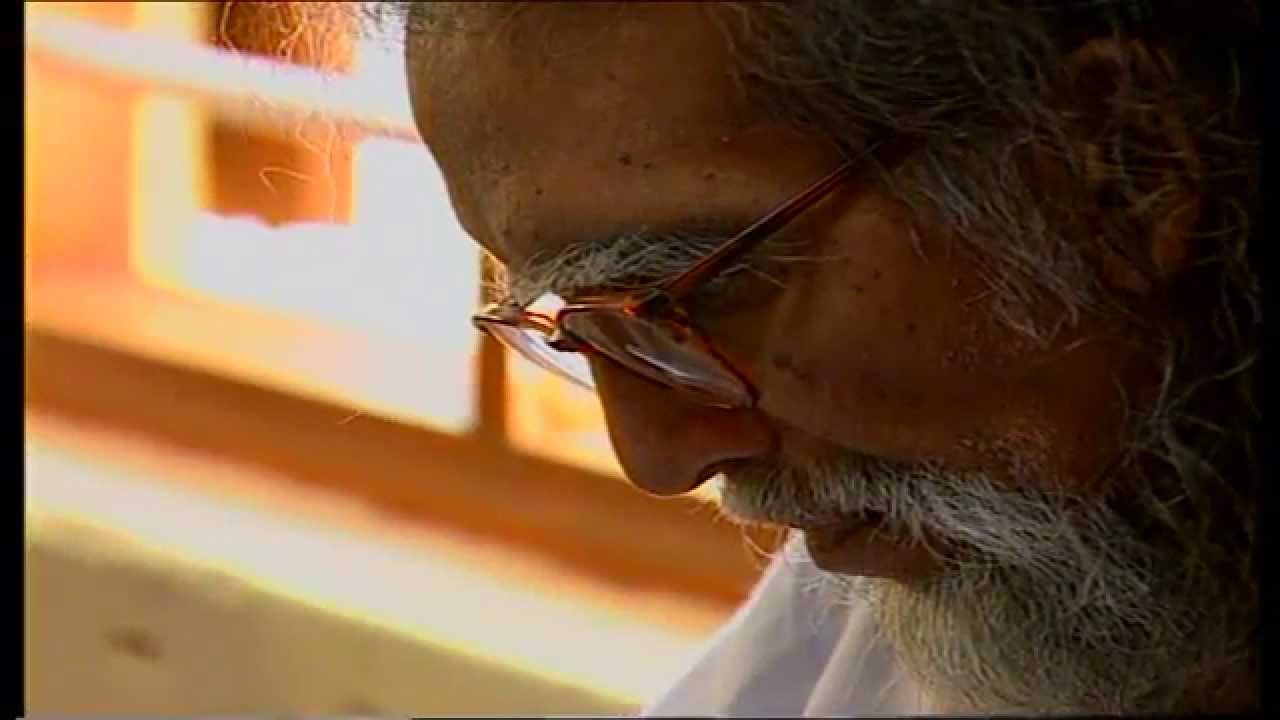
The Novel Was A Milestone In Malayalam Fiction
It’s effects were so prominent that some people tend to categorize Malayalam fiction into pre-Khasak and post-Khasak eras. Until then, the Malayalam novels tended to have a flowery, formal tone with prominence on romance. Khasakkinte Ithihasam started a wave of novels that were modernist in its content, with experimentation at its forefront, it was a good time for Malayalam novels.
It Was Serialised Before It Was Published
The novel was serialised in a Mathrubhumi weekly from January to August 1968 in 28 parts. It was published a year later by Current Books in 1969. Both were met with approbation and criticism alike. The political unrest and the Emergency made people question everything.
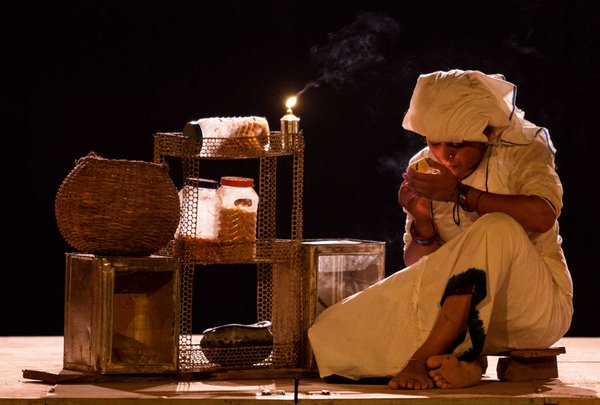
The Play Khasakkinte Ithihasam
The play is a bold and independent adaptation by the Delhi-based theatre director Deepan Sivaraman. A treat that indulges all your senses, captivating visuals, realistic settings, costumes and more, the play recreates the legend of Khasak where myths and traditions led to questions without answers in a learned mind. It was met with much acclaim and tightly-packed crowds wherever it was showcased. The play has been making its rounds around the nation, crossing boundaries and redefining the theatre for many. It stayed as true to the novel as possible and has the potential to go beyond India and become a worldwide phenomenon said writer and critic Madhan Babu.
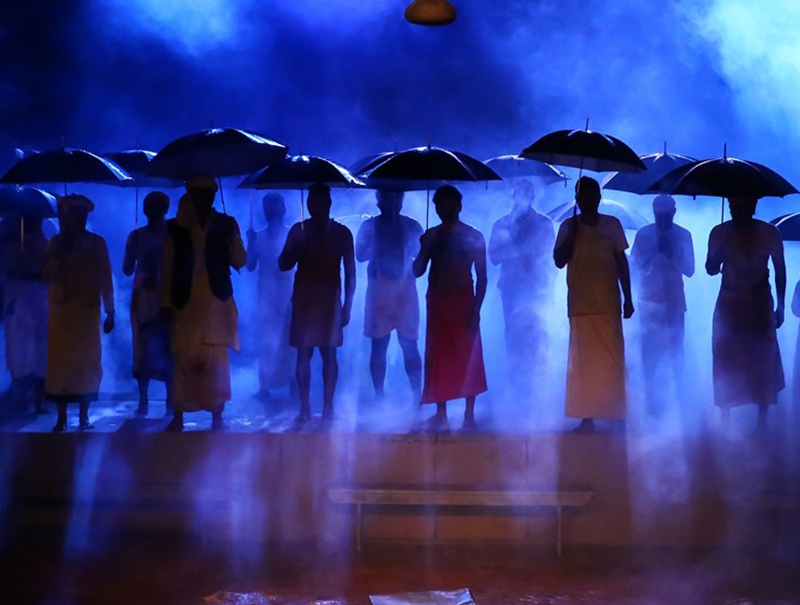
Scenography
With digital projections, videos, music and an uncommon set, the scenography used is a perfect blend of contemporary with the traditional. They have stayed true to tradition in regards of the costume and language used. It’s just that in order to bring out the realism in those traditions, they’ve employed ample enough technology, making the whole play a visual extravaganza. The center portion of the stage is made out to be like a traditional Palakkadan ‘Vazhivaramb’, a paddy field with channels for water to flow and more on the bare loose earth. Three sides covering the ground stage are marked by elevated stages where other action takes place making for easy continuity and realism.
The Language Used
Much like the rest of the play, the language too stays true to the novel. What makes it interesting is the distinct Palakkad slang that the characters use. Palakkad was once a part of the Madras Presidency and the strong Tamil influence can be noticed in the language used by the people of the Muslim community there. They use a Tamil-mixed-Malayalam slang that stays unique to their community. The play employs the same with the same dialogue sequences as that in the book.
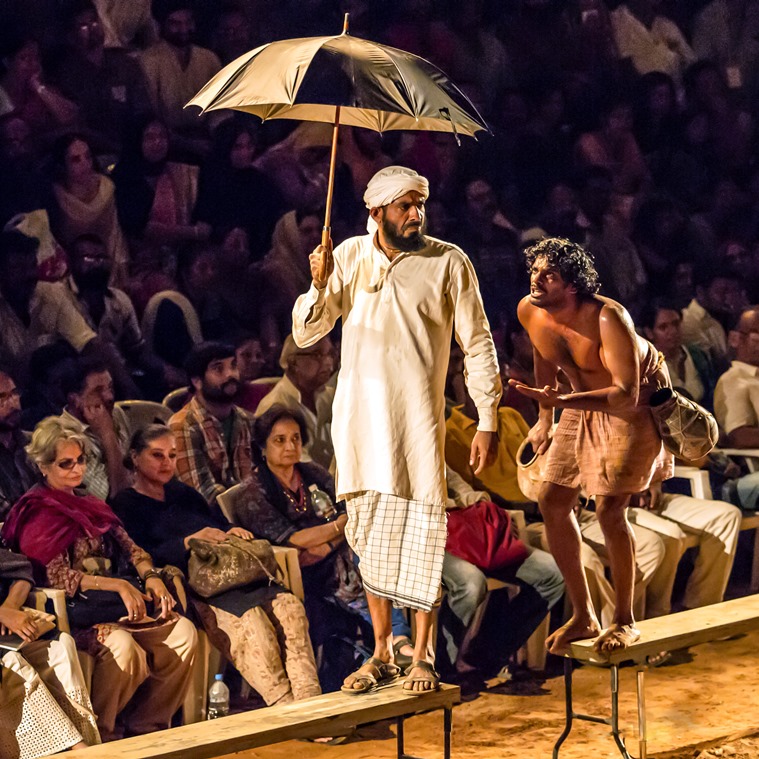
Use of Props In The Play
The play employs puppets and face masks in many sections. Like in the introductory scenes, a puppet of Chittama (the main protagonist Ravis stepmother) is used to show the attraction and ill intentions she has towards her stepson. The three side stages also act as props. Other elements like rain, water, mud, fire and more are used to show the multiple layers of meanings that may be invisible to an untrained eye, but are filled to the brim with undercurrents for the rest.
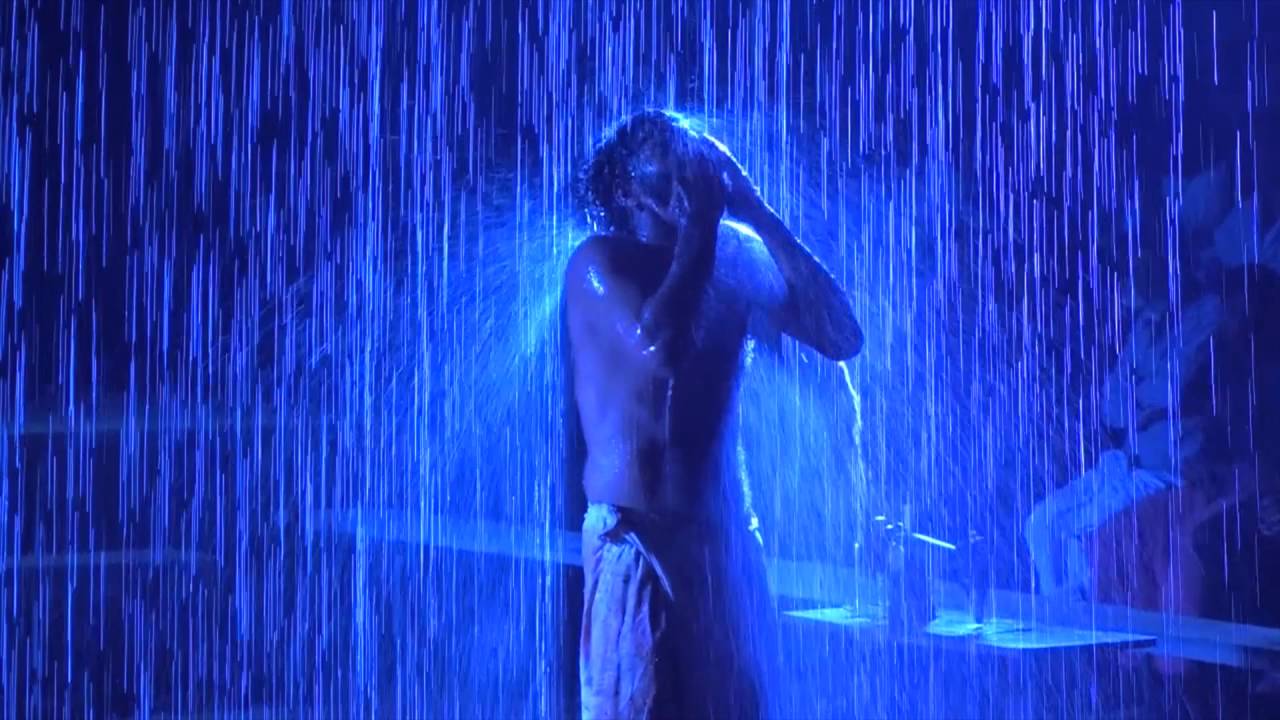
Music, Costume and Special Effects
The music for the play is noteworthy and rightfully so. Composed by Chandran Vayyattumal, who has formerly done music for numerous plays at the Broadway Theatre, New York. The European touch in the music might be a result of his countless travels. The costumes are yet another highlight. With realism and simplicity, Aliyar Ali has captured the traditional attires of the Palakkad of the yesteryears.The play also employs a lot of special effects in regards to rain, fire, lighting and more. It’s clear that a lot of thought has gone into the production of the play, like in how the lights are dim, casting shadows, just as how it would be in a typical village.
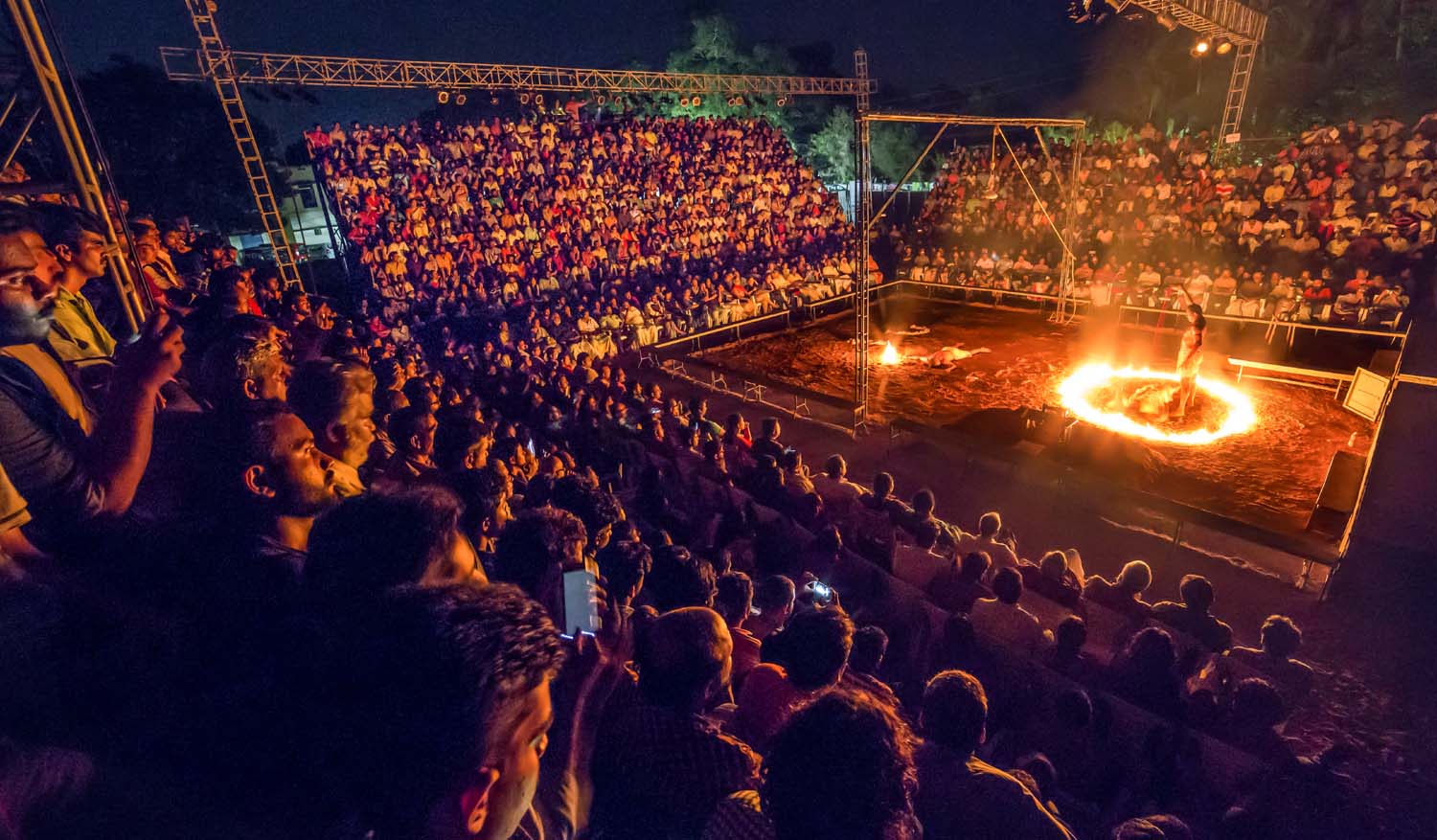
Ritualistic Visualisations
The play carries a ritualistic temperament. There is no definite stage. An open arena with loose earth with elements that take the audience on a journey. An extensive use of fire, soil, water, scent, and sky. The audience are not just mere spectators, they’re involved and are part of the whole story telling process. It makes the whole thing raw, real and very much relatable. The whole play is very involving and not just a simple staging of yet another story. The story seems to unfold in its many complexities in real time in front of the audience.
For Charity
The amount collected from the show on 21, 22, & 23 April will be used for the purchase of equipments for the Reconstructive Surgery Department of Ernakulam General Hospital. That is the play is a fund raiser. The play is produced by the Thrikkarippur KMK Kalasamithi under the aegis of Rotary Kochi United. The ticket price maybe a bit more as when compared to a movie ticket, but the experience is unique. The stage is unique, the use of technology with traditional backdrops, exciting; the realism in the act; perfection. This play will affect you as you leave the venue regardless of whether you’ve read the novel or not. It’s an experience you’ll be glad to carry with you in this increasingly meaningless world.
Tickets to the play can be pre-booked on Bookmyshow.com.
Words by Susmitha Suresh
Images from Various Sources
